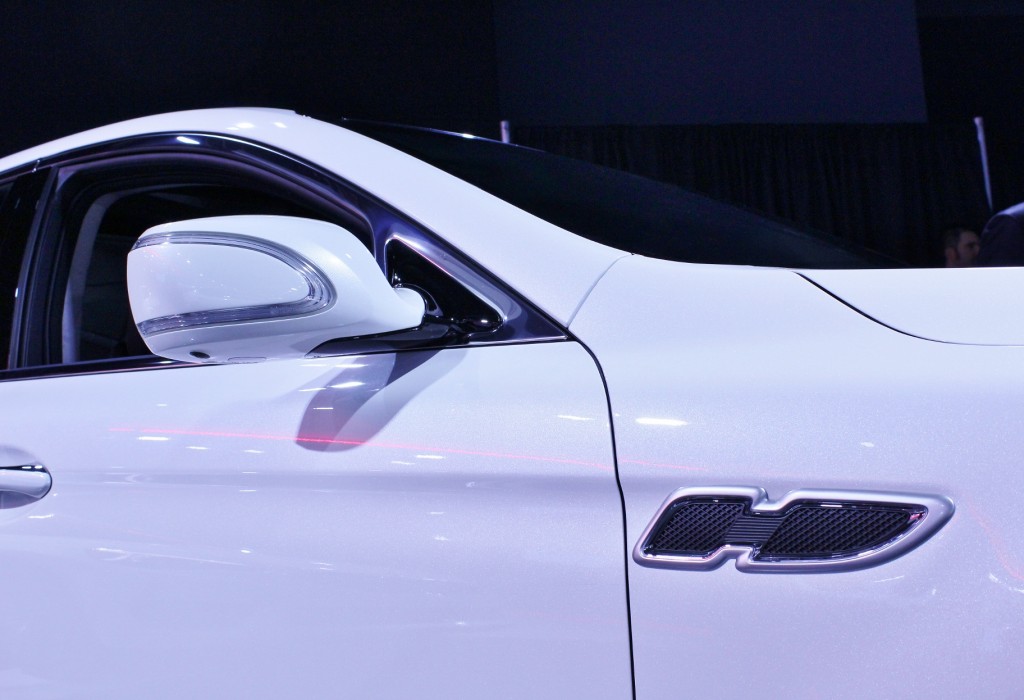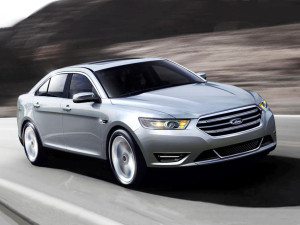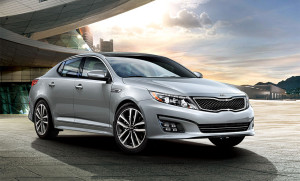When it comes to styling trends, everyone’s invited to the party
Call them what you want – fender vents, side vents, fender holes, speed holes – perforated fenders are the latest in a long line of must-have automotive design clichés.
Styling cues come and go like any other fad (hula hoops, disco, anti-vaxxers), but when they’re in vogue, we’re stuck seeing them everywhere.
Not to long ago, at the dawn of the Third Millennium (*music swells*), the cue du jour was the elaborate and lofty decklid spoiler. In the ’70s, it was vinyl landau roofs, opera windows and concealed headlights. In the ’50s, it was high-flying tailfins and wraparound windshields.
There are always exceptions to the rule, and the styling cue never reaches full market saturation, but it can be a wild ride as each era plays itself out.
Perforated fenders always used to be the domain of Buick, which had tell-tale ‘portholes’ adorning its forward flanks in the late ’40s and ’50s. Those holes (six for lower-end cars, eight for top-end) became rectangular and melded together when they reappeared on full-size Buicks in the late ’70s.
The circular portholes returned for the last years of the Park Avenue in the early 2000s, which was still a ways before our current design era.
The thing about the Buick portholes was they were unmistakably ‘Buick’. They were a design cue attributable to a single make of car. Pontiac, Chevy and Oldsmobile never took them for a spin. Hell, you’d have to seek out a foreign roadster or sports coupe to find another example of fender slats, holes or gouges.

1978 Buick LeSabre with tell-tale ‘portholes’ and awesome stock rims. Ignore the loud slacks on the kid.
These days… (*leans back in rocking chair, takes out pipe*) …seemingly every vehicle from family sedans to hatchbacks to crossover utility vehicles has adopted them.
The Americans, Brits and Koreans seem especially enamoured with them.
Some are okay. Some fit the body style, are integrated nicely into the car’s bodyside sculpting and trim, and do something for the overall package.
Other faux vents are very clearly a tacky, glued-on embellishment slapped into any available space ahead of the door but behind the front wheel well.
Cheap-looking and devoid of any grand styling purpose, divorced from the rest of the car’s body, they’re like a Rambler American sporting stratospheric tailfins because hey, they’re all the rage these days.
The problem for other automakers – namely, the ones who pull of a good fender vent – is that the posers drain their vehicles of the exclusivity the cue is supposed to signify. It’s a caché killer.
We’re in luck, though. Much like college-age experiments in vegetarianism and bisexuality, this phase will soon pass.
Fender vent heroes:
Jaguar F-Type
Ford Taurus
Range Rover Sport
Fender vent zeroes:
Ford Escape
Kia Optima
Subaru BRZ
Honourable mention – Kia K900




